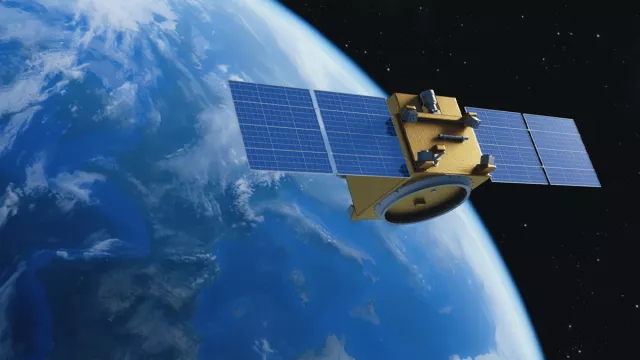The CARIOQA mission intends to develop and fly the first spaceborne atomic accelerator by 2030. Its purpose is to raise the technology readiness level of such instruments by validating the key building blocks needed to make them work.
Key information
| Mission | Develop and fly the first spaceborne atomic accelerometer |
|---|---|
| Domain | Observation |
| Launch date | Planned in 2030 |
| Partners | European Commission, DLR, European research laboratories, manufacturers |
| Where | Low Earth orbit (500 km) |
| Lifetime | Three to five years |
| Status | In development |
Key figures
- 1 instrument comprising 4 onboard subsystems
- < 10-9m.s-2.Hz-1/2 accelerometer sensitivity
- 16 European partners
- 4 French research laboratories contributing
Key milestones
- 2030: Scheduled launch of CARIOQA satellite
- 2027: Start of development phases C and D
- 2025: Start of development phase B
- January 2024: Start of development phase A
- June 2023: Signature of joint declaration by European Union, CNES and DLR at 2023 Paris Air Show setting out their intent to develop the CARIOQA mission
- December 2022: CARIOQA project kick-off
Project in brief
CARIOQA (Cold Atom Rubidium Interferometer in Orbit for Quantum Accelerometry) aims to develop a precursor quantum accelerometer prefiguring a new generation of spaceborne inertial sensors.
Based on a technology recently scaled for applications here on Earth—like measuring surface gravity, monitoring changes in subsurface waters or studying lava rise in volcanoes—atomic accelerators are key instruments for future Earth-observation that are expected to increase the sensitivity and accuracy of acceleration measurements acquired by space geodesy missions.
The CARIOQA mission intends to develop and fly the first spaceborne atomic accelerator by 2030. Its purpose is to raise the technology readiness level of such instruments by validating the key building blocks needed to make them work. It will also demonstrate the performance of these instruments in flight, crucial for science missions on which such quantum sensors are envisioned.
The use of quantum sensors in space is a major challenge for Europe’s independence and France’s leadership in the field of quantum technologies, with applications in Earth observation and fundamental physics.
For Earth observation, the technology developed through CARIOQA will enable more accurate mapping of Earth’s gravity field from space, while providing new perspectives for modelling its atmosphere. Future space geodesy missions will benefit from it to advance scientific knowledge in hydrology, oceanography and glaciology, delivering deeper insights into the water cycle and Earth’s interior structure. Ultimately, such applications will help to manage resources sustainably, mitigate natural disasters and better understand climate change. This leap-ahead technology is set to bring a step change in performance comparable to how satellite altimetry revolutionized Earth observation 30 years ago.
The quantum sensor developed for CARIOQA will also find research applications in fundamental physics, offering in particular the ability for future missions to test the equivalence principle more precisely by using atoms as a yardstick, unlike the Microscope mission, which relied on the acceleration of two cylindrical proof masses made of different materials.
Other possible applications include inertial navigation for aircraft and submarines. Such systems measure motion in three dimensions to ascertain position and orientation without having to connect to an external satellite-based positioning system, for example.
CNES’s role
The CARIOQA mission is being developed with a strong contribution from the European Commission through its Horizon Europe programme, with CNES as consortium leader and in close partnership with the German space agency DLR.
Contacts
CARIOQA Project Leader
Christine Fallet
E-mail: christine.fallet at cnes.fr
Subject Matter Expert
Thomas Leveque
E-mail: thomas.leveque at cnes.fr
Head of Internal Geophysics, Geodynamics and Geodesy
Félix Perosanz
E-mail: felix.perosanz at cnes.fr
Head of Fundamental Physics
Martin Boutelier
E-mail: martin.boutelier at cnes.fr


